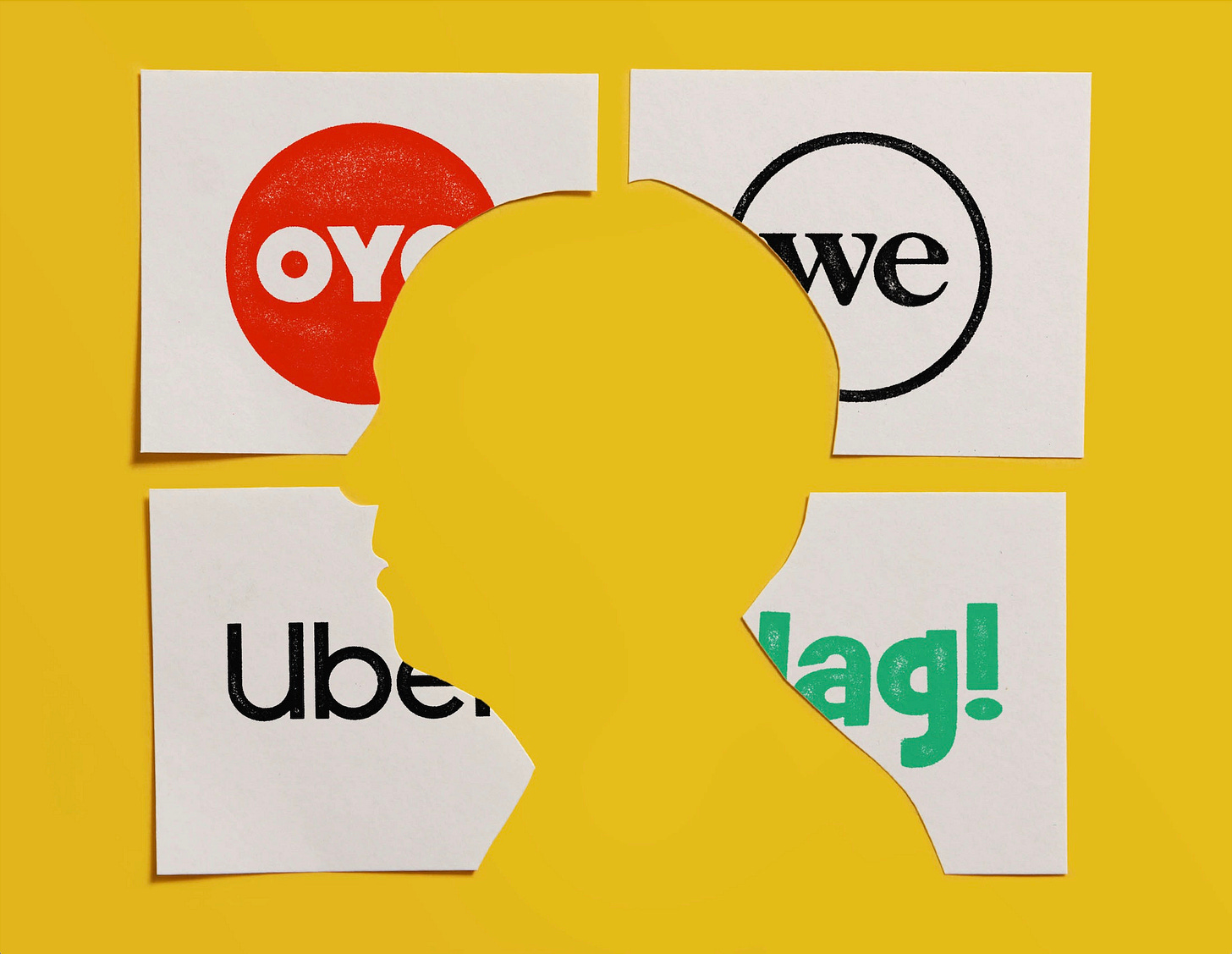Softbank: Twilight of an Empire
Five years after Masayoshi Son’s $100 billion fund shook the financial world, Softbank’s venture firm is crumbling. Can it be saved?
Brought to you by Fintech Nexus
London Calling! Join Fintech Nexus for its Merge conference October 17-18 at Tobacco Dock in London, and witness the impact web3 is having on financial institutions and fintechs. Hear from industry leaders and innovators as they reveal how they’re thinking about — and implementing — web3 solutio…

